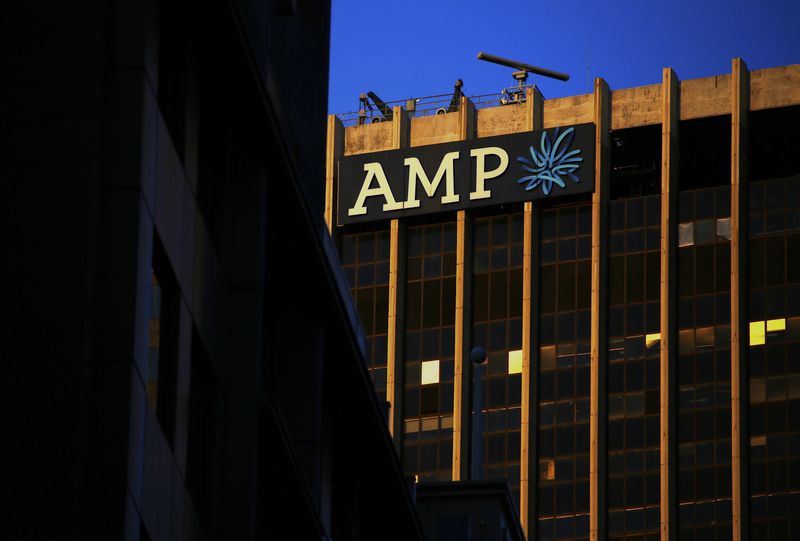By Sameer Manekar
(Reuters) -Australia’s AMP Ltd will sell unit AMP Capital’s international infrastructure equity business for up to A$699 million ($497.83 million) to U.S.-based DigitalBridge, leaving the wealth manager with banking, wealth and financial advice divisions.
AMP said on Thursday https://corporate.amp.com.au/content/dam/corporate/shareholdercentre/files/asx-announcements/2022/April/28%20April%20-%20AMP%20sells%20remaining%20Collimate%20Capital%20business.pdf it will get an upfront cash payment of A$462 million from the sale of the assets, an additional estimated A$57 million performance fees payment, and up to A$180 million subject to future fund raising.
The sale comes just a day after the embattled wealth manager announced divestment of AMP Capital’s real estate and domestic infrastructure equity business to Dexus for up to A$550 million.
“Post completion of the two sales, AMP Ltd will be a more focused entity, concentrated on driving our core banking and retail wealth businesses in Australia and New Zealand, with a core objective of accelerating our strategy and increasing our competitiveness,” AMP Chief Executive Officer Alexis George said.
With the two recent divestments of AMP Capital’s assets announced this week, along with that of the unit’s infrastructure debt platform in February, AMP has now completely exited its global investment managing unit AMP Capital, valuing it at A$2.04 billion.
Ad: Save every day with Amazon Deals: Check out today's daily deals on Amazon.
The sale seals AMP’s years-long quest to exit its private markets business and focus on wealth management and banking.
The 172-year-old company expects the two recent divestments to increase its net capital by A$1.1 billion. It intends to return the majority of net cash proceeds via a mix of capital return and on-market share buy-backs.
The company has been overhauling its strategy since a 2017 Royal Commission into the financial services industry that, along with a slew of corporate misconduct controversies, resulted in an exodus of clients.
AMP expects the sale of its international infrastructure equity business to be completed in the final quarter of 2022. Shares of the Sydney-based company were up 1.1%, as of 0030 GMT.
($1 = 1.4043 Australian dollars)
(Reporting by Sameer Manekar in Bengaluru; Editing by Uttaresh.V and Sherry Jacob-Phillips)
